|
|
|
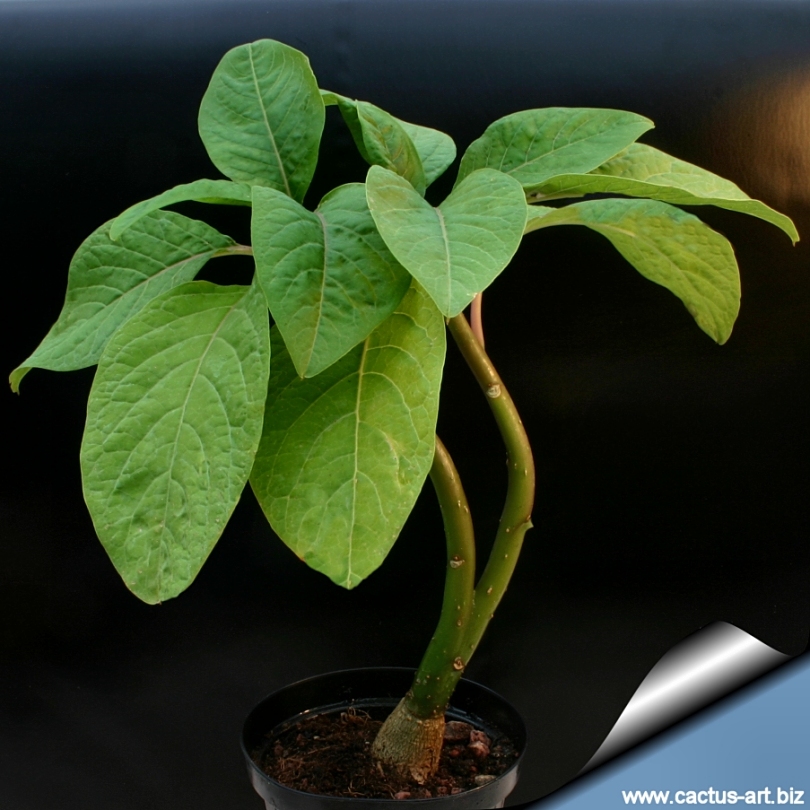
A young specimen (one year old )
of ombu (Phytolacca dioica). It is a remarkable South American
caudiciform tree capable of attaining heights of 20 metres and a spread
of 30 metres.
|
|
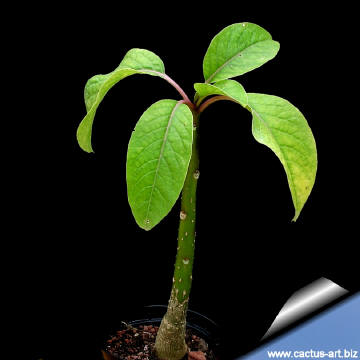 |
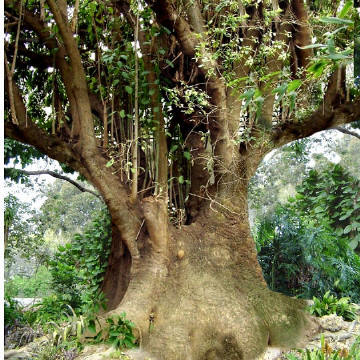 |
|
. |
|
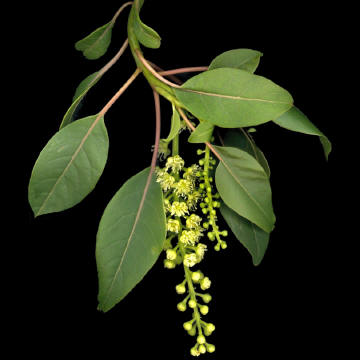 |
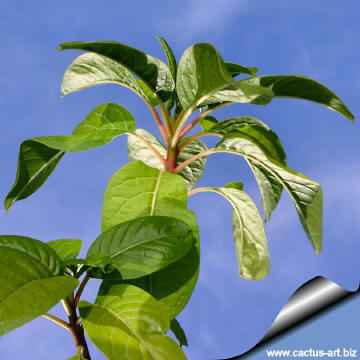 |
|
. |
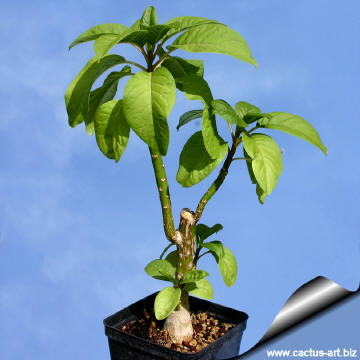 |
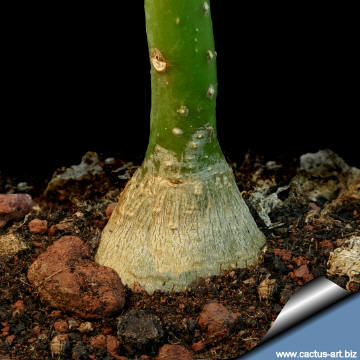 |
|
NOTE: The leaves are
poisonous. They are said to be all right to eat when young, the toxins
developing as they grow older. Other parts of the plant, including the
fruit, are likely to be poisonous.
USES.:
Edible Uses (Some caution is advised): Young leaves and shoots -
cooked and used as a vegetable . The leaves should not be eaten raw, and
only the young leaves should be used,
because they become toxic with age.
The fruits are made into jellies or jams and are also used as a red
colouring for food.
Other Uses: A red ink is obtained from the fruit. |
|


Advertising
|
|
|
|
|
Family: Phytolaccaceae
Scientific name: Phytolacca
dioica
This member of the Phytolaccaceae family was described by
Carl von Linnaeus in 1762
Origin: South America.
It is found on the Pampas in
Argentina, Brazil, Paraguay and Uruguay
Common Names include: Ombu, Bella Sombre, Pokeweed,
Belhambra, Bella Ombre, Omboe, Umbo, Umbra tree, Elephant tree, Fitolaca,
Beautiful shade
Synonyms:
- Pircunia dioca, Moquin 1849.
|
Description: It is a fast growing tree that
can attain heights of 20 metres and a spread of 30 metres (but usually
doesn’t’ grow over 10 m in height), and trunks of mature trees are
massive. These trees in tropical areas are appreciated for the shade
they provide. The trunk base of the older plants is broad and twisted,
with thick roots that emerge. These are very forceful and can easily
lift up any type of structure.
Stem: It has a wide trunk (up to 7 meters) the branches contain
as much as 80 percent water and very little wood tissue.
Height: 14,5 meters or more
Leaves: The foliage is evergreen to semi-decidious, only falling
if the winter is rather harsh.. Leaves are ovate, obovate, elliptic to
lanceolate, and have a large petiole. They are simple with an entire
margin, some 6 to 12 cm in length, and slightly lustrous on one side.
They are alternate in position.
Flower: Not very showy, cream or whitish-green, attached to
hanging, somewhat pendulous, spicules that are almost as long as the
leaves, and are dioecious.
Flowering time: April. May.
Fruit: Fleshy, purple-black in colour.
|
|
|
|
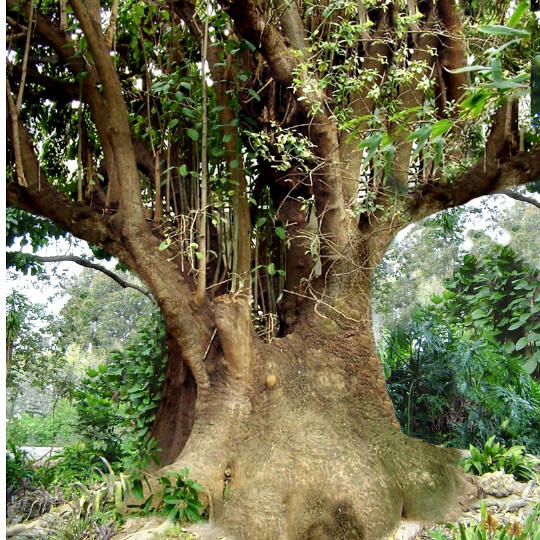
The most spectacular of characteristic of these trees
is their trunk (caudex), thick and irregular at the base. The trunk and
root base of the adult plant expands in a monstrous fashion. It is said
that anyone who sleeps under an ombu must be aware of evil magic |
|
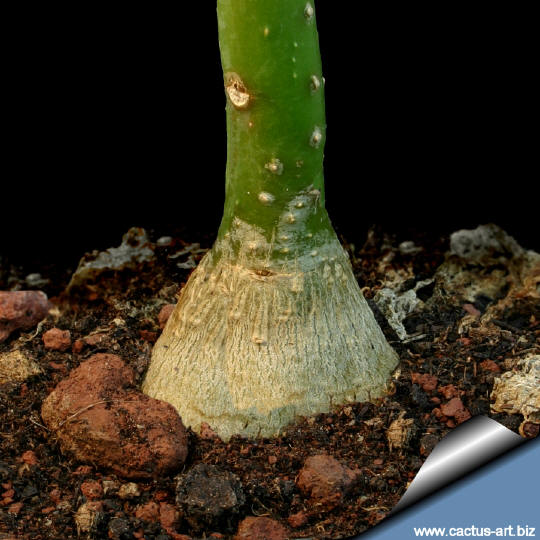
Seedling soon starts to produce an enlarged base (caudex)
|
|
Cultivation: An easily grown plant, succeeding in most soils, though
preferring a moisture retentive fertile soil in full sun or partial
shade. Pot-plants grows best in rich peat with lots of water from march
to October, and lots of sun. This species is tolerant to temperatures
down to between -5 and -10°. The young growth in spring can be damaged
by late frosts.
Reproduction: It can both be reproduced by seeds and division.
Seed: Sow autumn or spring in a cold frame, When they are
large enough to handle, prick the seedlings out into individual pots and
grow them on in the greenhouse for their first winter. Plant them out
into their permanent positions in late spring or early summer, after the
last expected frosts. It might be worthwhile trying an outdoor sowing
in a seed bed in early spring. Grow the plants in the seedbed for
their first year, and plant them out the following spring. Division:
Use a sharp knife to divide the rootstock in March or October, making
sure that each section has at least one growth bud. Very easy, larger
divisions can be planted out directly into their permanent positions.
|
|